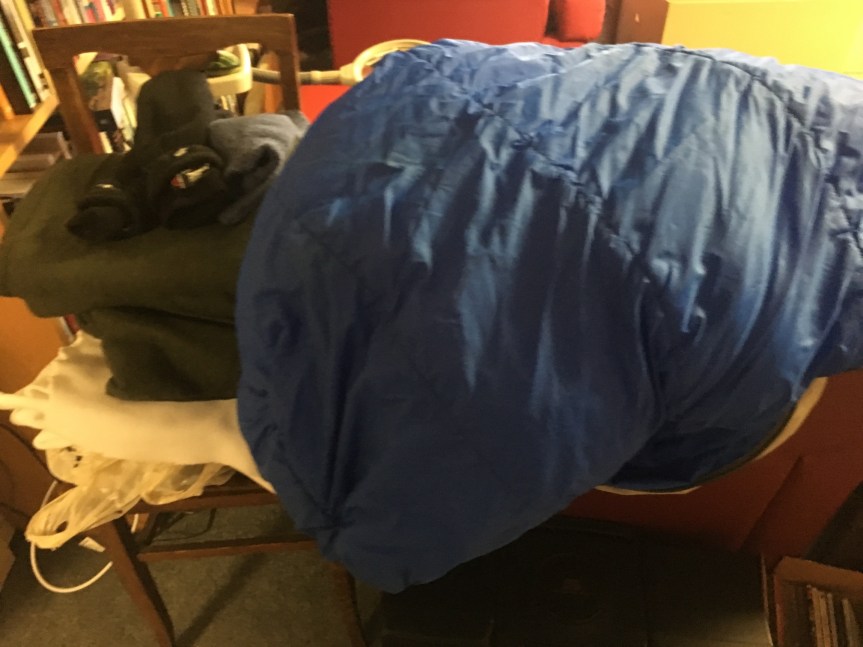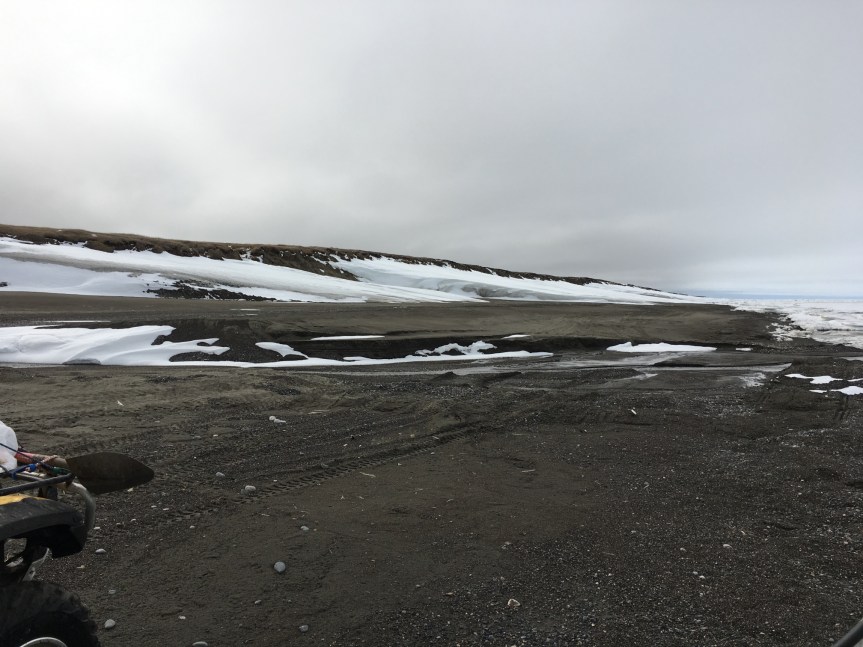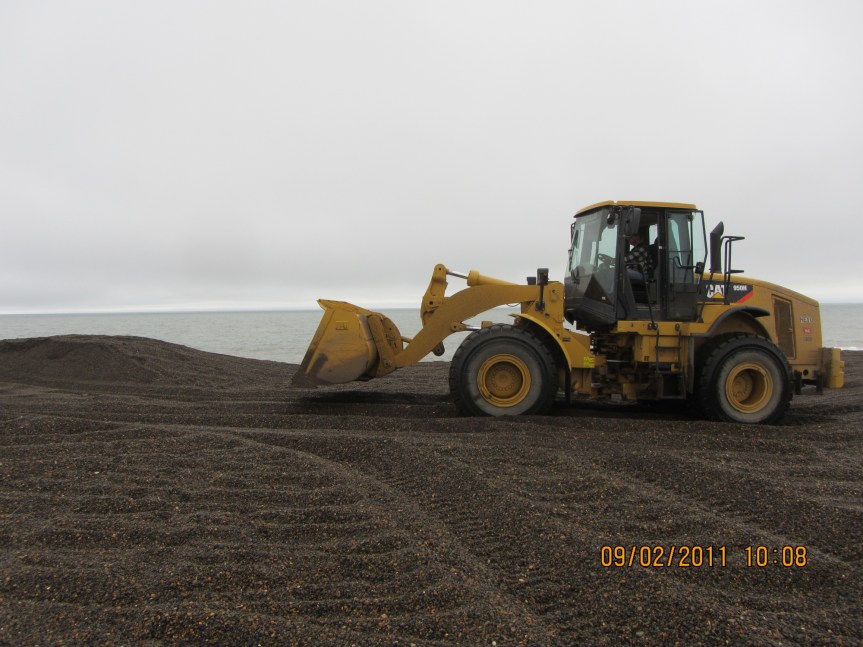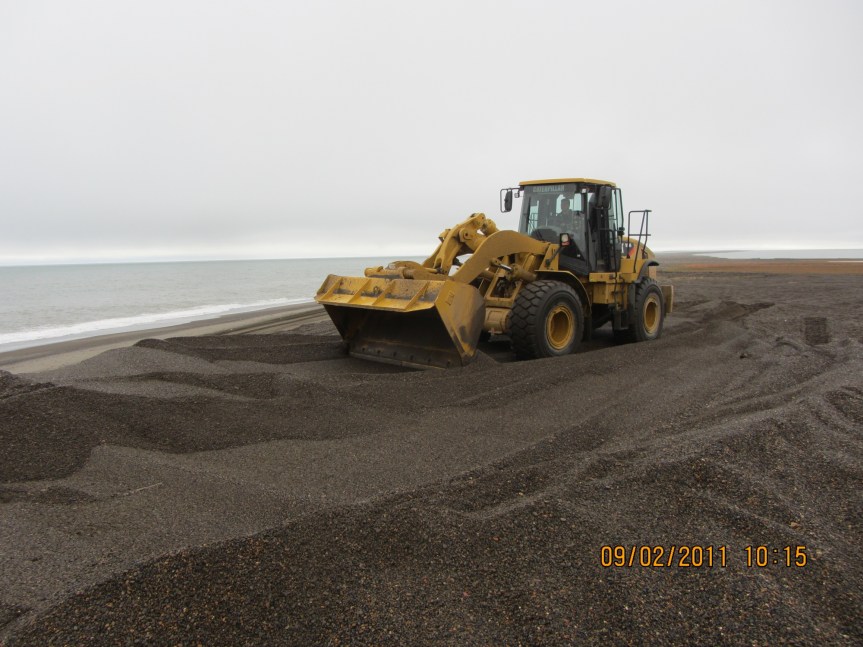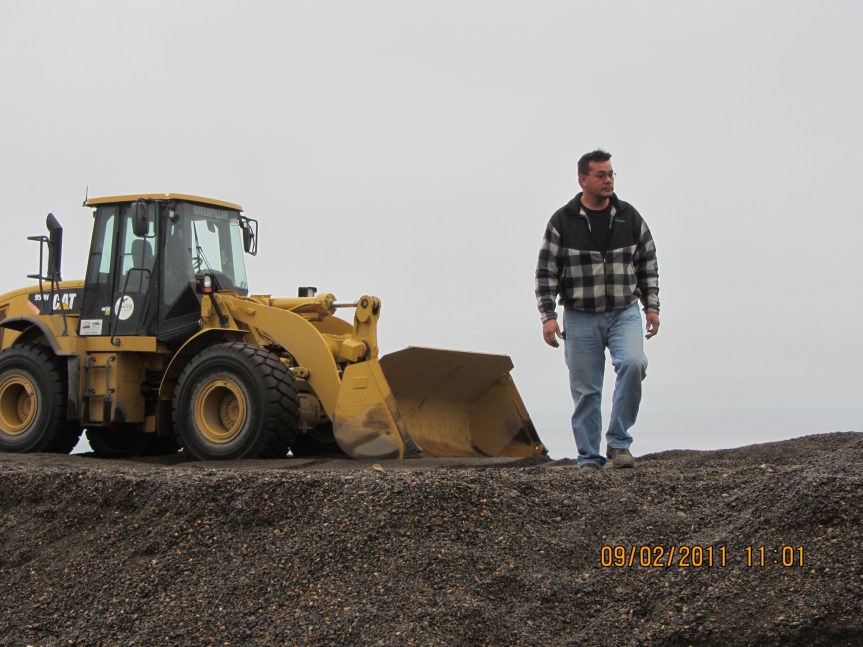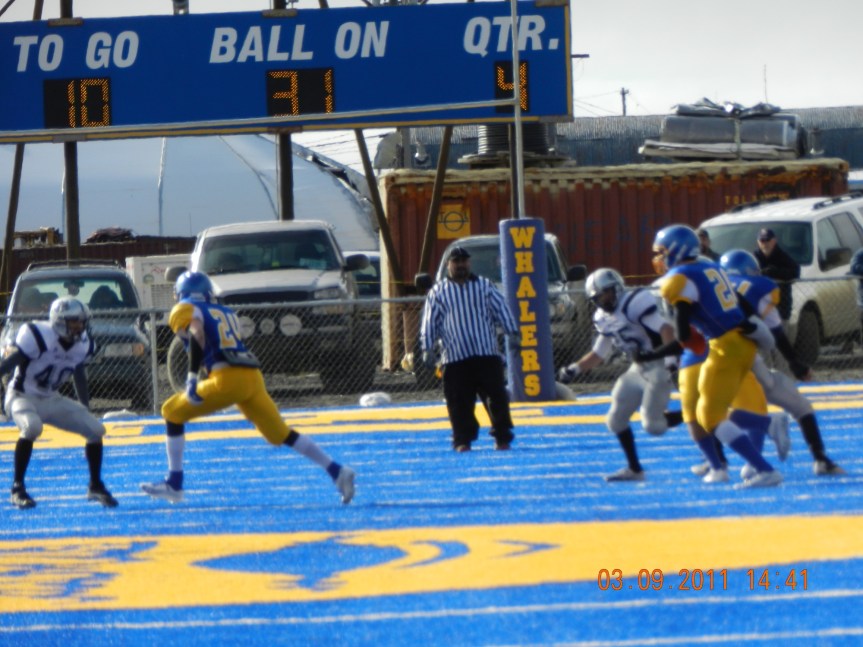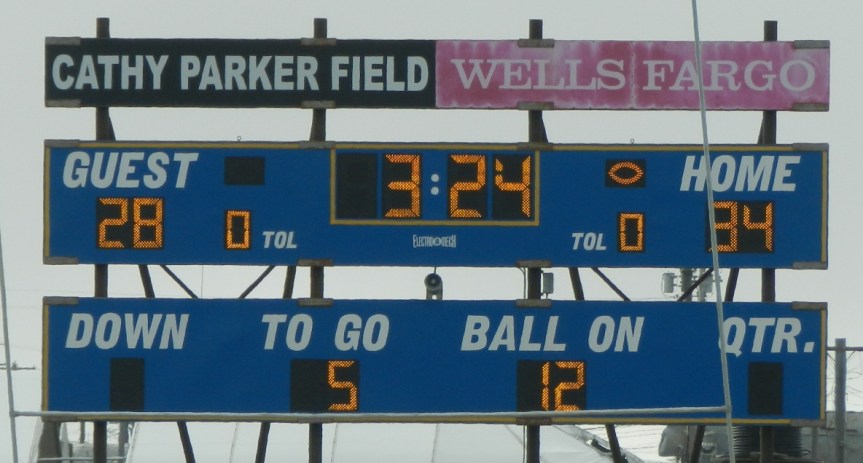Time is flying before the field season. It has been insanely busy trying to get some projects to a point that they can be left for a few weeks while we’re in the field, while at the same time getting set to actually go to the field. We have been ordering things, and waiting for them to get here so we can build things, or pack things or prep meals or… And of course, this being the Arctic, shipping delays abound. However, we have gotten the replacement cover for a Weatherport, all the recalled transit batteries, extra new batteries for the handheld radios, Rite in the Rain paper for field forms, the refurbished iPads, the nice new big First Aid kits, chaining pins, Sharpies (lots of Sharpies) and a bunch of other goodies. I got my new tent stuff sack (the original lasted one trip, and all the duct tape in the world isn’t enough to hold what’s left together if I actually put the tent in it) and my InReach. We are still waiting on the parts for a water screening station, and the dry goods.
The lab looks a mess, because everything is still out from the inventory, and needs to be packed, but some of the things to pack it in are part of the freight. Not optimal, but it will sort itself out.
The freeze and chill food got in, and Kaare will be working with the volunteers to prep a lot of meals to freeze before we head down. That is, once there are enough volunteers here.
The first of the volunteers were to get in Tuesday night, but the plane couldn’t land, so they all wound up heading back to Anchorage, getting in quite late. One got on the early flight today on standby, but the rest are now coming tomorrow morning. I figured maybe 2 nights in Anchorage would be a student budget-buster (having slept under some stairs once when stranded in England for a week on the way home from the field–Laker had raised ticket prices over the summer and I didn’t have a credit card), so I posted on a couple of northern archaeology Facebook groups, and had 5 offers of places to stay from folks in Anchorage within a couple of hours. In the end, folks couldn’t get refunds for the nights they paid for (a downside of online booking, I guess), but if anyone else gets stranded overnight on the way in or out, at least I’ve got a bunch of phone numbers and we should be able to help out. Gotta love Alaskan archaeologists.
Kaare made it to Walakpa, although there is still snow on the beach. There has been a good bit more slumping, but it looks like the overhanging block that was making access so dangerous has fallen, which is a good thing indeed. The plan is to try to take some of the heavy stuff down tomorrow, although that may change depending on if the freight makes it in.
We’ve also got a survey to finish before we go (only got the go-ahead a week ago) and maybe a desktop study as well, depending on their timeframe (just got the go-ahead today). Oh, and a proposal, which was just requested yesterday.
And I need to finish making sense of a bunch of dates which I have calibrated for the WALRUS project. It looks like we have decent ranges for many of the sites based on the caribou dates. There are a couple of sites that are confusing (possible reverse stratigraphy in big mounds) and I haven’t been able to get copies of the field notes or talk to the excavators yet. I’ve calibrated the walrus dates using the marine curve, and it is clear there is not a standard offset from the terrestrial dates. I’m redoing it using the best available local delta R, but I know the one for Barrow is off by several hundred years (if you use it there are a lot of bones from archaeological sites that it indicates will be dying in a couple of centuries!) and there is one site in the walrus study where one pair of dates on associated caribou and walrus is several hundred years farther apart that the other pair. Since walrus move around, some probably more than others, it may not make sense until we figure out where the individuals were feeding.
